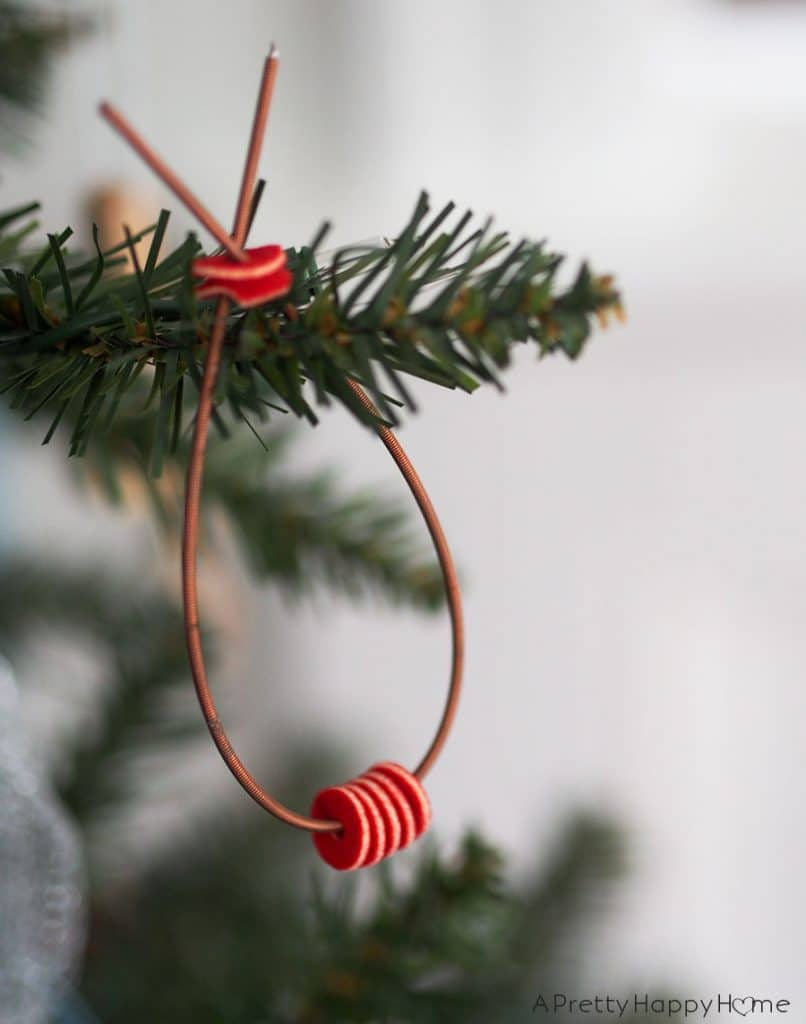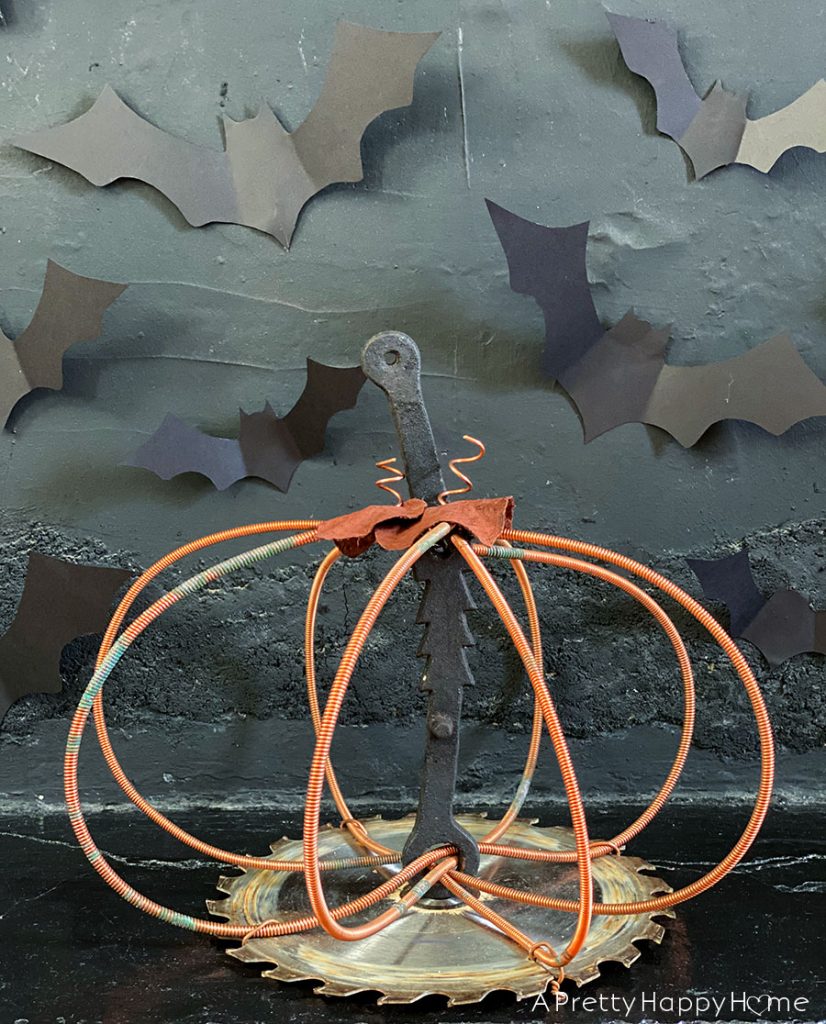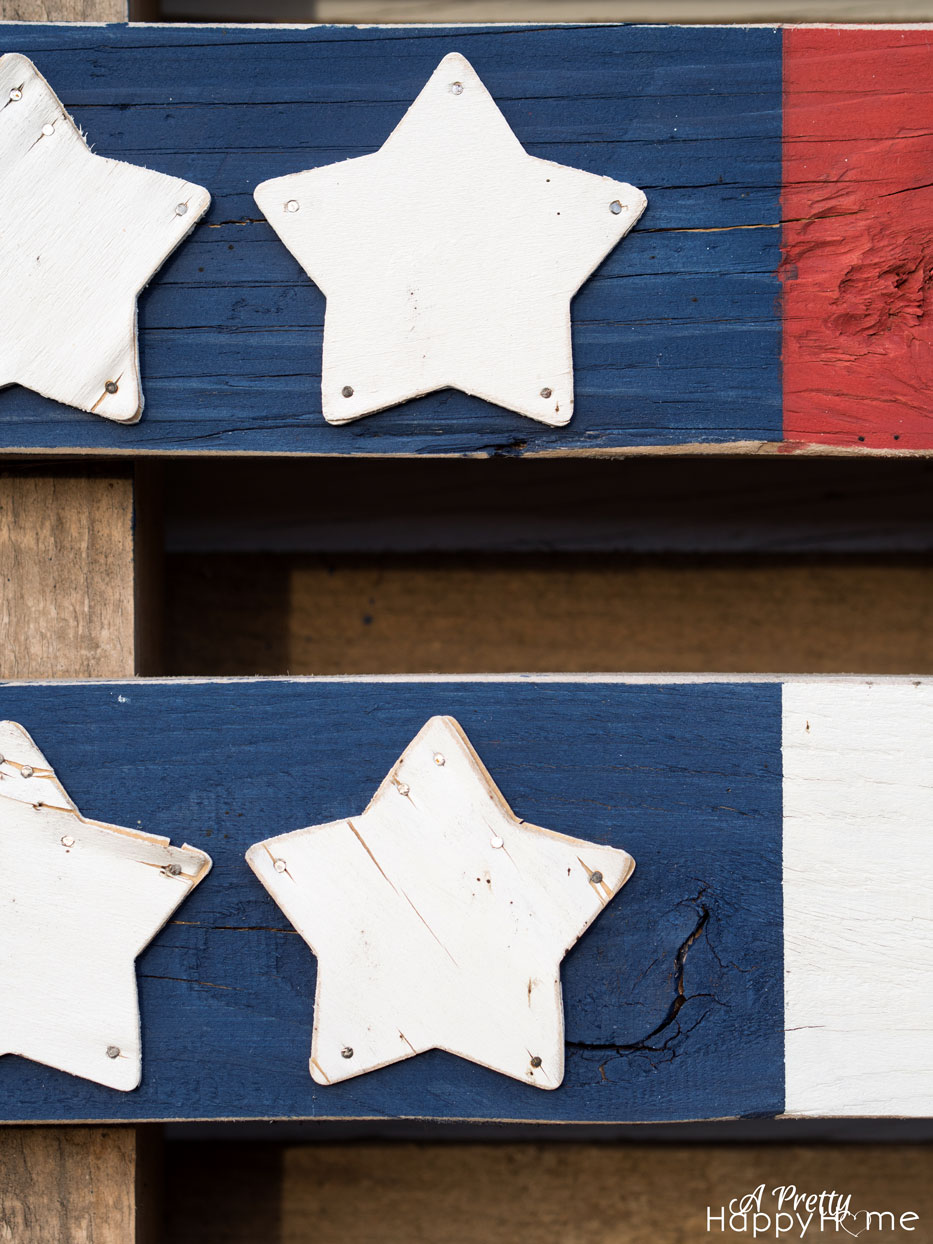
8 Fresh Ways to Repurpose a Piano
As a pianist, it pains me to say this, but it can be hard and expensive to get rid of an old piano and you might need fresh ways to repurpose a piano.
I truly wish everyone had the space for a piano and wanted to learn to play, but I also understand why this instrument can be a burden to move, maintain, and learn to play.
We own a baby grand piano that I hope to pass down to my kids one day, but we unexpectedly became the owners of an old upright piano too. When we purchased our current home, the previous owners left their piano in the house and what to do with it became our issue.
Should we start a band?
Realistically, we didn’t have the space to keep two pianos nor did we want to maintain two pianos. We tried to give it away for free for months but had no takers.
Instead of paying someone to haul the piano away to the garbage dump, we decided to take the piano apart and repurpose the piano parts.
A fair bit of warning: taking apart a piano is hard work and can be a bit dangerous even if you are careful. I wrote an entire blog post about the experience here.
We never want to repeat the experience, but there’s always a silver lining to the annoying projects!
So far, we’ve come up with 8 fresh ways to repurpose a piano. We still have piano parts and pieces to use up though, so this list may keep growing!
Here are those ideas:
Fresh Ways to Repurpose a Piano #1: Turn it into art.
The piano harp (also called a plate or frame) is one of the reasons a piano is so heavy. It’s made of cast iron!
If you have a wall that can support its weight and lots of help to get it hung, a piano harp can be a statement-making art piece.
Get the full directions on how we hung the piano harp here.
Other parts of the piano can be turned into art too like the keys, the pedals, and even the wood the piano is made from.
Fresh Ways to Repurpose a Piano #2: Construct a workbench.
Look at the below picture and notice the holes on the workbench that our vice is attached to.
That workbench is made from the back of a piano. The holes are where the strings were attached to the pins. In the case of our piano, this section was solid wood and it made sense to repurpose it into the top for a workbench.
Fresh Ways to Repurpose a Piano #3: Make a wreath.
Piano wire is typically made from steel and copper. It’s gorgeous and can be used to make a small, unique wreath like the one below.
Be advised, in our experience, piano wire is tricky to work with for crafting purposes due to its high tensile strength. In other words, it will bend, but you need a way to secure it in the shape you want it to stay otherwise it will snap back.
Also, removing piano wires from a piano should be done with the utmost care and the proper tools since they are under a tremendous amount of tension.
Fresh Ways to Repurpose a Piano #4: Make Christmas ornaments.
In the first picture below, we’ve used piano wire and the piano’s felt punchings to make Christmas ornaments. Note that the felt punchings at the top of this ornament are what’s holding the wire in that ichthus shape.
And, yep! It’s a little sharp at the end of that wire. Christmas should not come with a side of danger. Learn from me and do a better job of creating safe-to-handle Christmas ornaments than I did.
Christmas ornaments can also be made out of a piano’s hammers.
Just drill a tiny hole at the end of the hammer to thread a string or hook to hang from your tree.
Full directions on the Christmas ornaments can be found here.
Fresh Ways to Repurpose a Piano #5: Make a unique tree topper.
Instead of an angel at the top of your Christmas tree, how about 3 wise men pedals?
It’s a conversation starter, that’s for sure!
Piano pedals are heavy, so your tree needs to be strong enough to support them. We wired these pedals to the tree with green floral wire.
Get the directions here.
Fresh Ways to Repurpose a Piano #6: Basket Embellishment
Use piano pedals or any other part of the piano that catches your eye as a basket embellishment.
The wire pins of this particular set of pedals hold the pedals in place on a wire basket containing music books.
Fresh Ways to Repurpose a Piano #7: Create your own shelf holders.
Need pins for an adjustable set of shelves? In a pinch, you can repurpose piano pins to hold up your shelves!
Fresh Ways to Repurpose a Piano #8: Make a pumpkin!
Use piano wire and other junky finds to create a pumpkin to decorate your front porch.
The fun thing about this idea is that no two pumpkins will be the same!
More details on my junky piano wire pumpkin can be found here.
I have other ideas to repurpose a piano that we haven’t implemented yet.
How about using the legs to make a two-legged console table that attaches to a wall?
If you found two matching lyres (part of the pedal support structure on a grand piano), you could use them to make a very unique trestle table.
The curved or L-shaped wood ends of a piano keyboard could be repurposed as shelf brackets.
Upright pianos usually have one or two rectangular pieces of wood that cover the insides of the piano. Those could be repurposed into coffee tabletops.
My favorite ideas for repurposing piano parts are those that are more subtle. That’s why I haven’t suggested any ideas for repurposing the piano keys.
Although, I do happily own a necklace that an artist made out of a piano key. It is very special to me!
Of course, my first preference is still for all the pianos of the world to be played instead of repurposed. I know pianos have a lifespan, but music is good for the soul!
If you come up with a clever way to repurpose a piano, let me know in the comments or tag me on Instagram or Facebook.
P.S. Again, taking apart a piano should be done after research and with proper care. The parts of a piano are heavy and the wires can snap and cut someone. We found it helpful to use a $7 tuning hammer from Amazon to remove all the pins from the harp.
Thanks for being here today! Here are some other posts you might enjoy!
11 Things to Know Before Hiring a Piano Moving and Storage Company
How to Dust a Piano with a Glossy Finish so It Doesn’t Streak
*affiliate links in this blog post*















